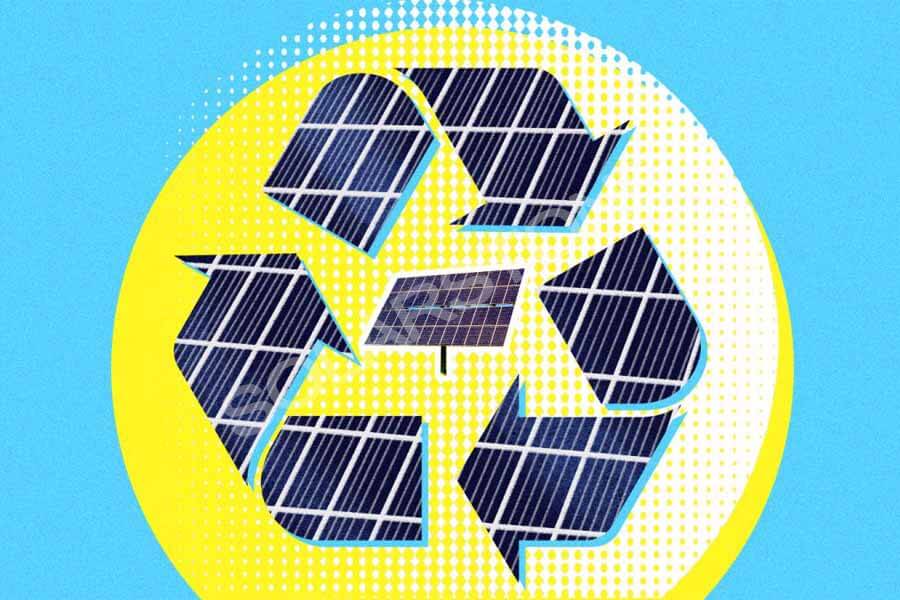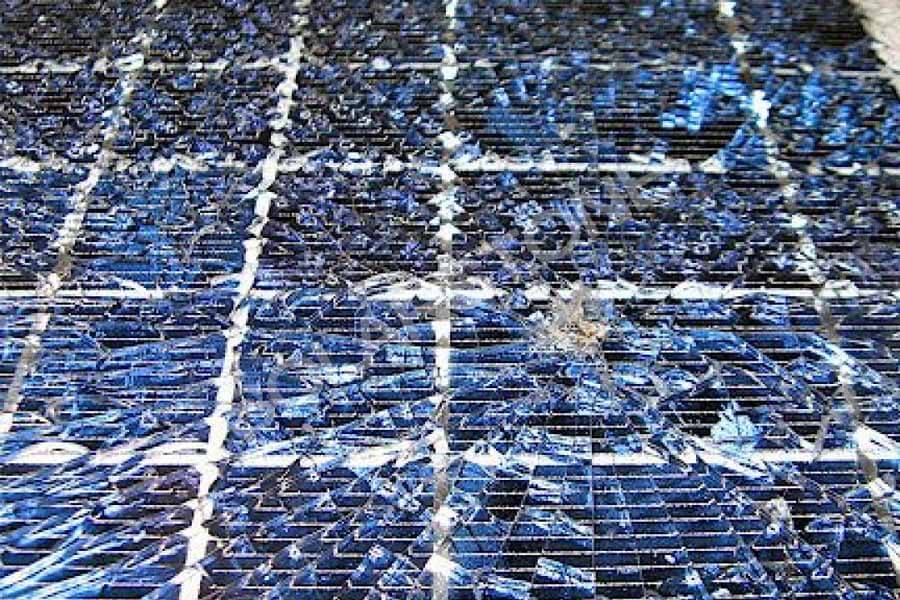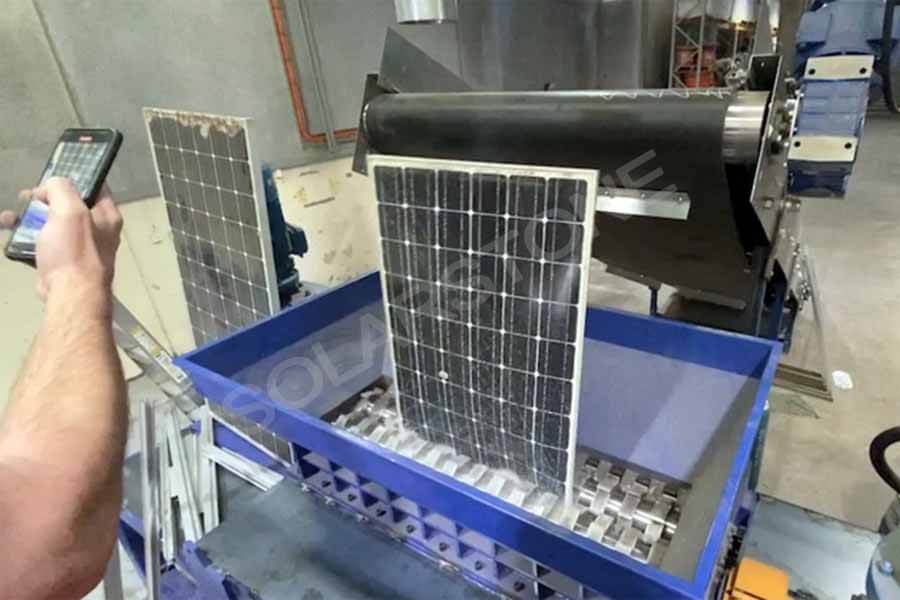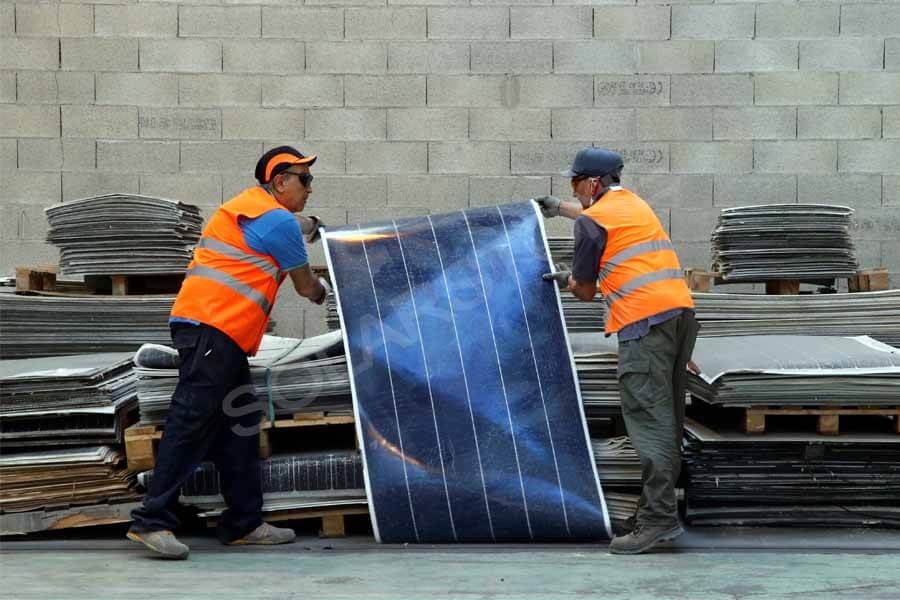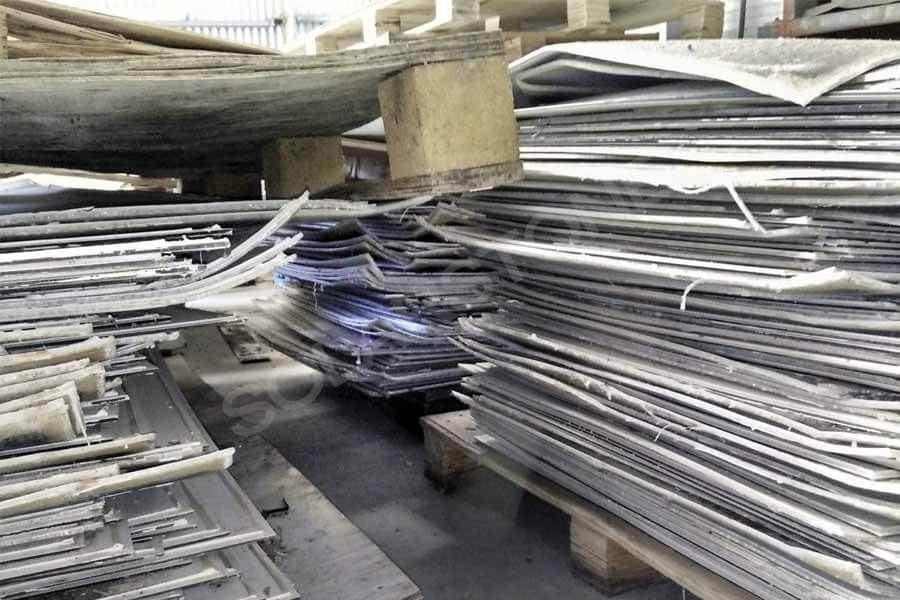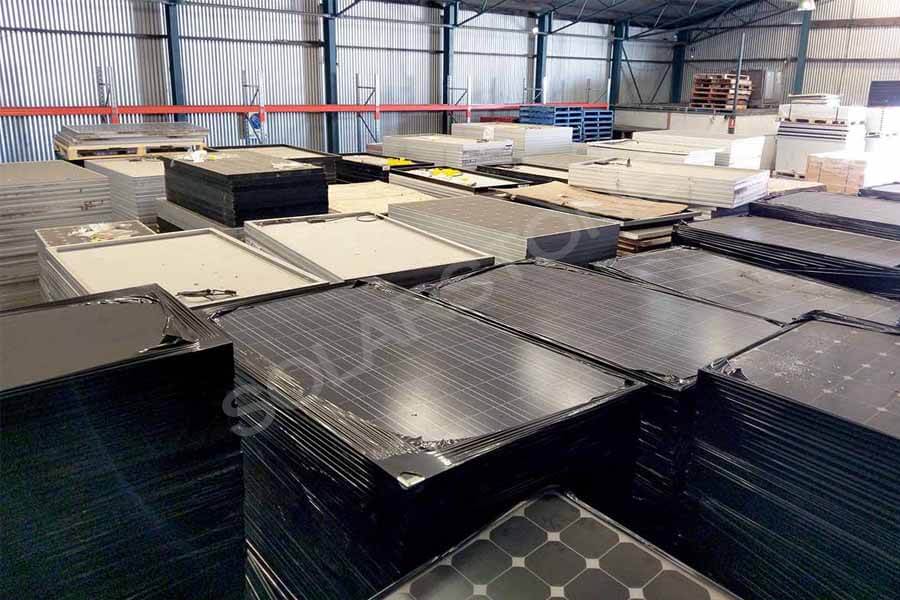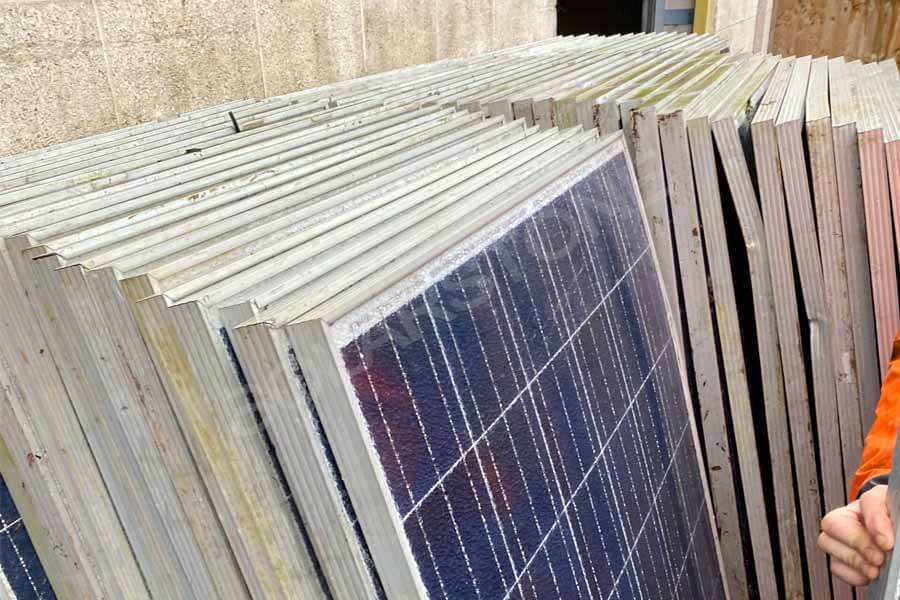Low pollution and easily available solar energy may be one of the most popular energy substitutes in the post fossil energy era. Under the guidance of the global goal of “carbon neutralization”, the photovoltaic industry is developing rapidly, but many people ignore a problem, that is, what will happen after solar panels are scrapped?
In the e-waste market, the number and scale of scrapped solar panels are not remarkable, but their growth rate is the fastest. The industry is worried that with the acceleration and deepening of global green transformation, solar energy is more and more widely used. At that time, the treatment of a large number of scrapped solar panels will become an unbearable burden for the solar energy industry.
The scale of scrapping continues to expand
The International Renewable Energy Agency estimates that 78 million tons of solar panels will expire by 2050, and another 6 million tons of solar electronic waste will be generated every year.
Usually, the service life of solar panels can reach 25-30 years or even longer. However, with the development of the solar energy industry, some cheap solar panels on the market may fail in just five years.
There are many different types of solar panels, but most of them contain aluminum, glass, silver and an elastic material called ethylene vinyl acetate. Some products may contain more dangerous substances. Solar panels are sealed with glass, which is very safe. However, with use, these harmful substances may leak if glass breaks or panel damage occurs.
Recycling market is facing difficulties
The main challenge of recycling solar panels is not the cost of recycling and reuse, but to find value in recycled materials. According to the report of the International Renewable Energy Agency, the value of recycled materials may exceed $15 billion by 2050.
Most of the value of photovoltaic waste lies in the silver in its aluminum frame and metal paste. If you want to make photovoltaic recycling more valuable, you need more advanced and in-depth technology in glass recycling. After all, if calculated by weight, 80% – 90% of solar panels are made of glass.
Compared with other e-waste, solar panels still have a unique problem: the economy of recycling is poor. Solar panels do contain some valuable materials, including silver and copper, but not as many as devices such as mobile phones.
Moreover, the benefits of safely disassembling and recycling a solar panel are not enough to make up for the high cost of its decomposition. Therefore, from the current situation, before solving the recycling problem, long-term storage of old solar panels like landfill is the most practical choice.
The design of solar panels also lacks the support of relevant policies and regulations, resulting in expensive and laborious recycling. Some countries have classified solar panels as hazardous waste.
Hazardous waste can only be transported at the specified time and through the selected route. Taking into account the unforeseen costs such as demolition, transportation and professional treatment, the overall scrapping price is not cheap, which virtually increases the use cost of solar energy, which will greatly weaken the industry competitiveness of solar energy.
Innovation and public policy are key
Recycling photovoltaic waste requires innovation in material processing and reverse logistics. At present, many types of recycling processes have been explored, including batch recycling of all types of photovoltaic waste, rather than specific methods for photovoltaic technology, but the best mechanism for solar panel recycling has not been found. How to recycle the scattered photovoltaic waste with the least driving force, the road ahead is not clear.
Solar energy is very important to solve climate change and energy shortage. In order to support the development of solar energy, the industry urgently needs to adopt the method of circular economy to recycle photovoltaic waste and materials.
Countries around the world should formulate relevant recycling incentive policies and measures, and develop enough recycling infrastructure. Only by creating a profitable recycling market can the cleanliness and sustainability of the solar energy industry be best reflected.


